A controlled scenario test by DHS S&T shows promising results for facial recognition technologies to accurately identify individuals wearing protective face masks.
Category: Feature

Ryan Hayward: Then and Now / 2011 Early Career Award Winner
Ryan Hayward studies the performance of certain organic polymers and molecules that conduct electricity by precisely packing them into well-formed crystalline structures. Discoveries are leading to simpler, less expensive, and cleaner processes, as in electronic devices.

How Large Are Neutron Stars?
An interdisciplinary research team has identified new, narrower limits on the radii of neutron stars—close to 11 kilometers. The novel approach combined two sources of information: the first gravitational-wave and electromagnetic observations of a binary neutron-star collision, and modern nuclear-theory calculations of uncertainty. The results suggest that neutron-star black-hole collisions can swallow neutron stars whole.
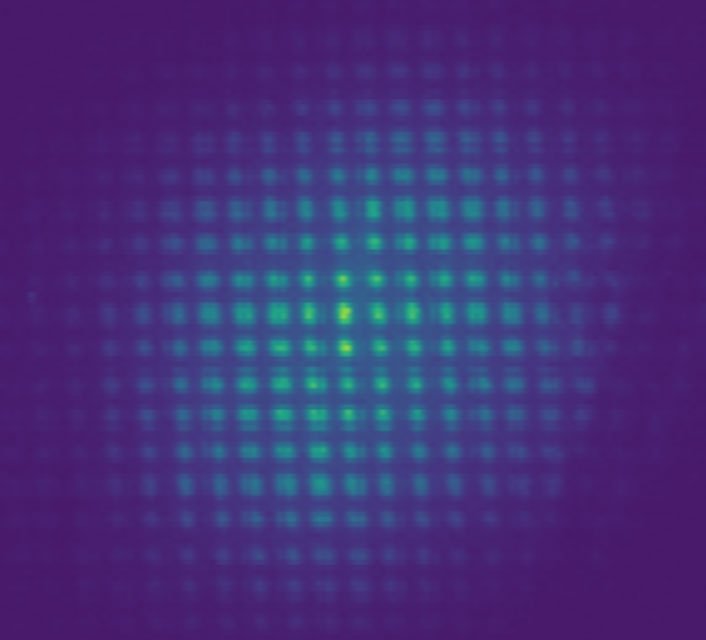
New X-Ray Camera Achieves New Heights of Precision and Accuracy for Better Experiments
Scientists use incredibly bright and fast pulses of X-rays produced by an X-ray free electron laser to study some of the fastest reactions and processes in materials. Scientists recently developed a new X-ray imager with much greater precision and accuracy than possible before. The new levels are less than one hundredth of an X-ray wavelength, even smaller than an Angstrom.
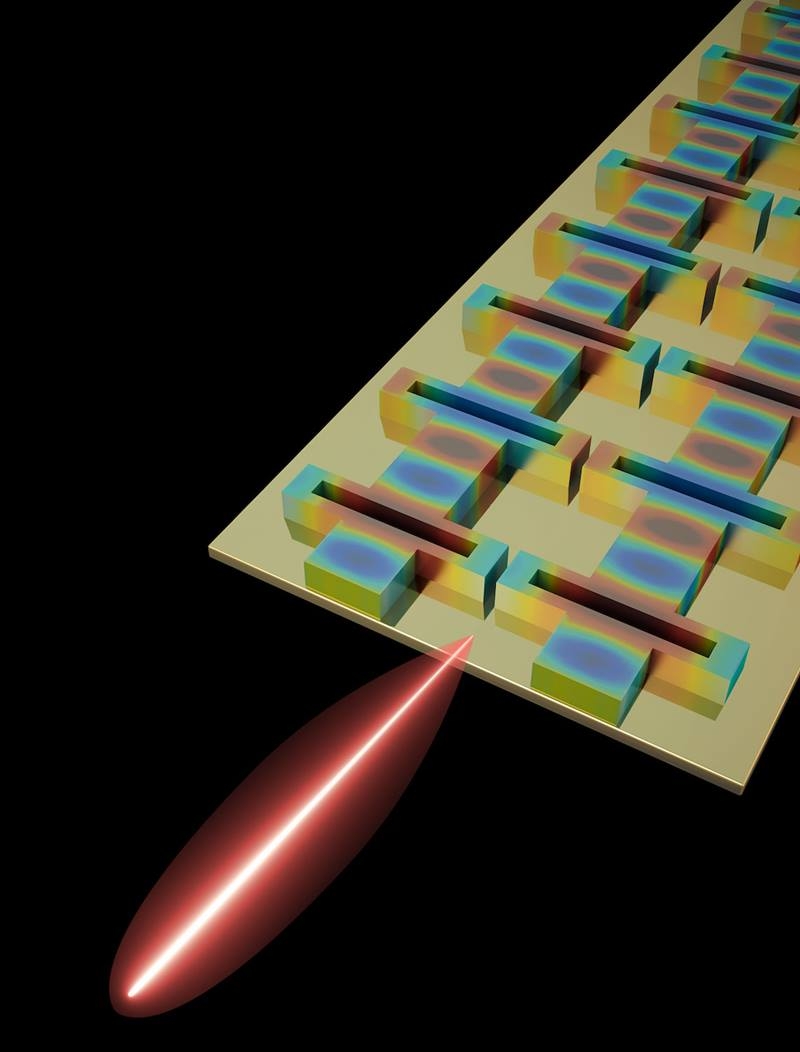
Tiny Tunable Terahertz Lasers Ready to Fly in Space
Researchers have achieved a tiny laser that operates in the terahertz frequencies for potential applications in imaging and scanning applications. Previous terahertz lasers required bulky laboratory equipment to stay cool enough to function. The new devices are the first to simultaneously reach three key performance goals—high power, tight beam, and broad frequency tuning—in a design that can work outside a laboratory and even in space.
Resolve to talk to your doctor in the New Year
Due to COVID-19, it’s important to talk to your doctor right away if you’re experiencing symptoms such as shortness of breath or cough. Take notes about your symptoms, so your doctor can pinpoint if they are early warning signs of another respiratory disease such as pulmonary fibrosis (PF).
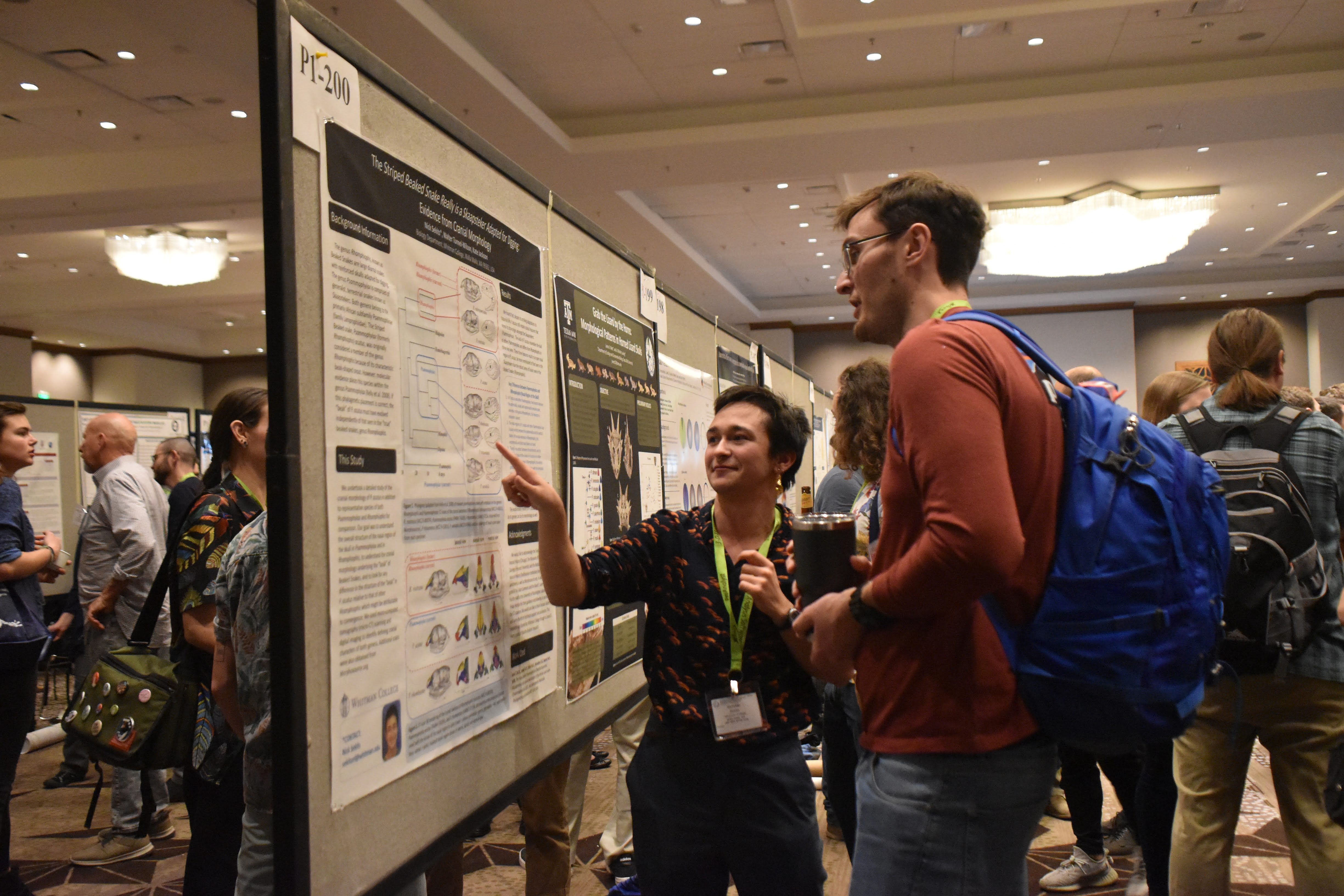
The ‘Netflix’ of Scientific Conferences:
Scientific conferences are the lifeblood of science, but scientists have had to reinvent their beloved annual meetings in the face of COVID-19. The Society for Integrative and Comparative Biology has embraced these challenges and opportunities by setting up the ‘Netflix’ of scientific meetings.
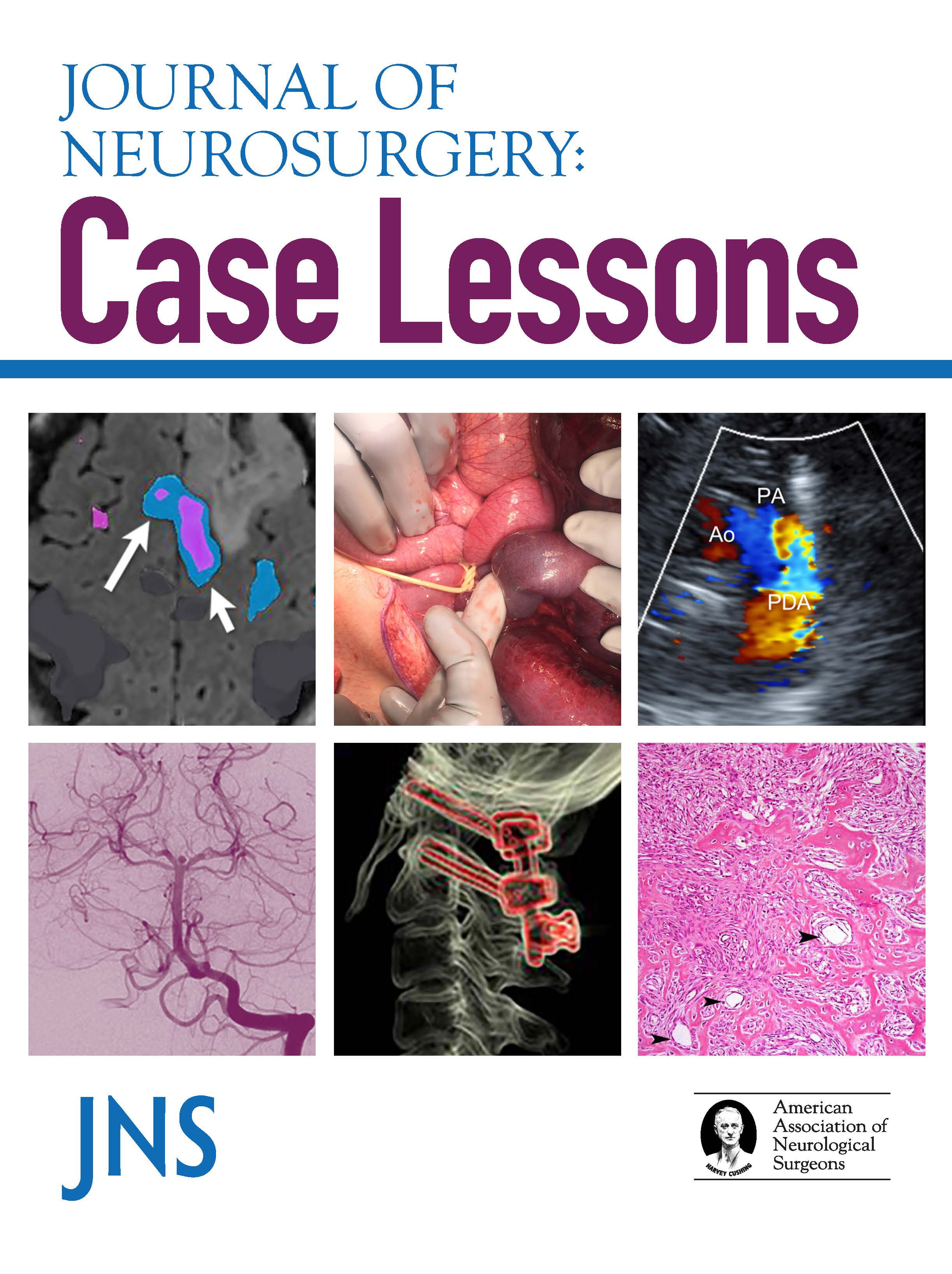
American Association of Neurological Surgeons and Journal of Neurosurgery Publishing Group Welcome Their Newest Open-Access Journal: Journal of Neurosurgery: Case Lessons
Announcement of new peer-reviewed journal for neurosurgeons and medical personnel.
COVID-19 Crisis: A Patient’s Story
Walter E. Gomez Saldana, 41, has been battling COVID-19 at Cedars-Sinai for almost a full month. He spent two weeks in the Intensive Care Unit (ICU) fighting for his life and now, more than a week in a step-down floor as he continues to recover.
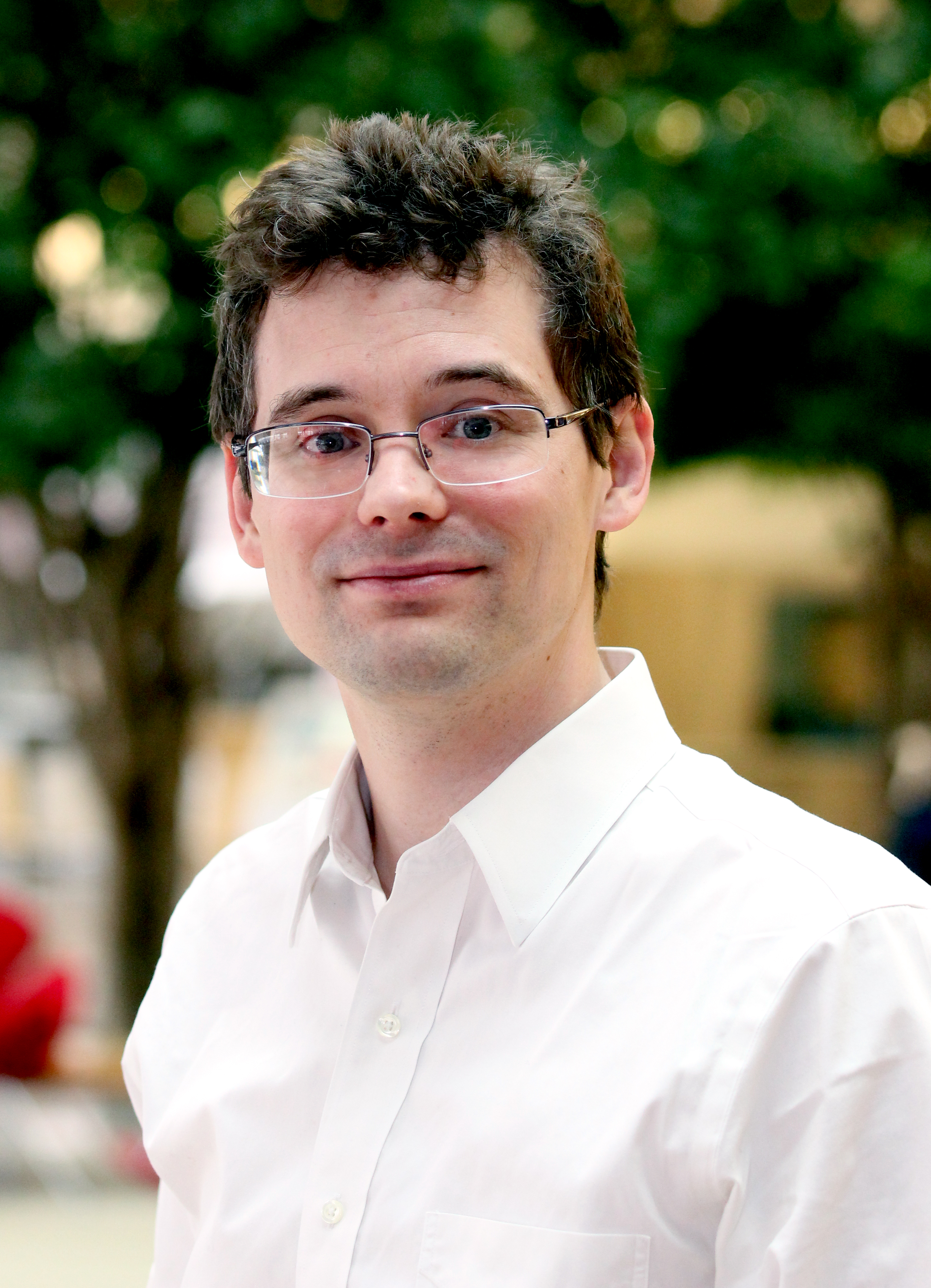
Daniel Fredrickson: Then and Now / 2010 Early Career Award Winner
Daniel Frederickson, a professor in the Department of Chemistry at the University of Wisconsin-Madison, is studying metallics to develop strategies for creating new materials able to merge different functional domains at the nanometer scale.
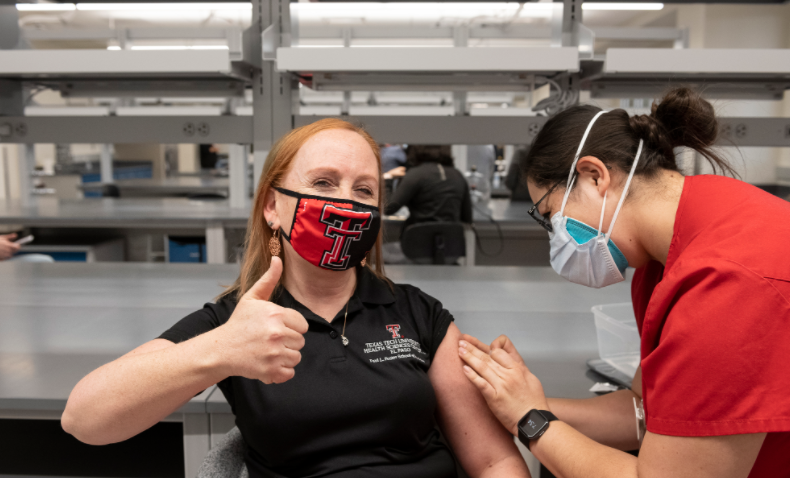
TTP El Paso Receives 3,000 doses of Moderna’s COVID-19 Vaccine
Three thousand doses of Moderna’s COVID-19 vaccine arrived at the Texas Tech Physicians of El Paso Alberta, Kenworthy and Transmountain clinics on Wednesday, Dec. 23.
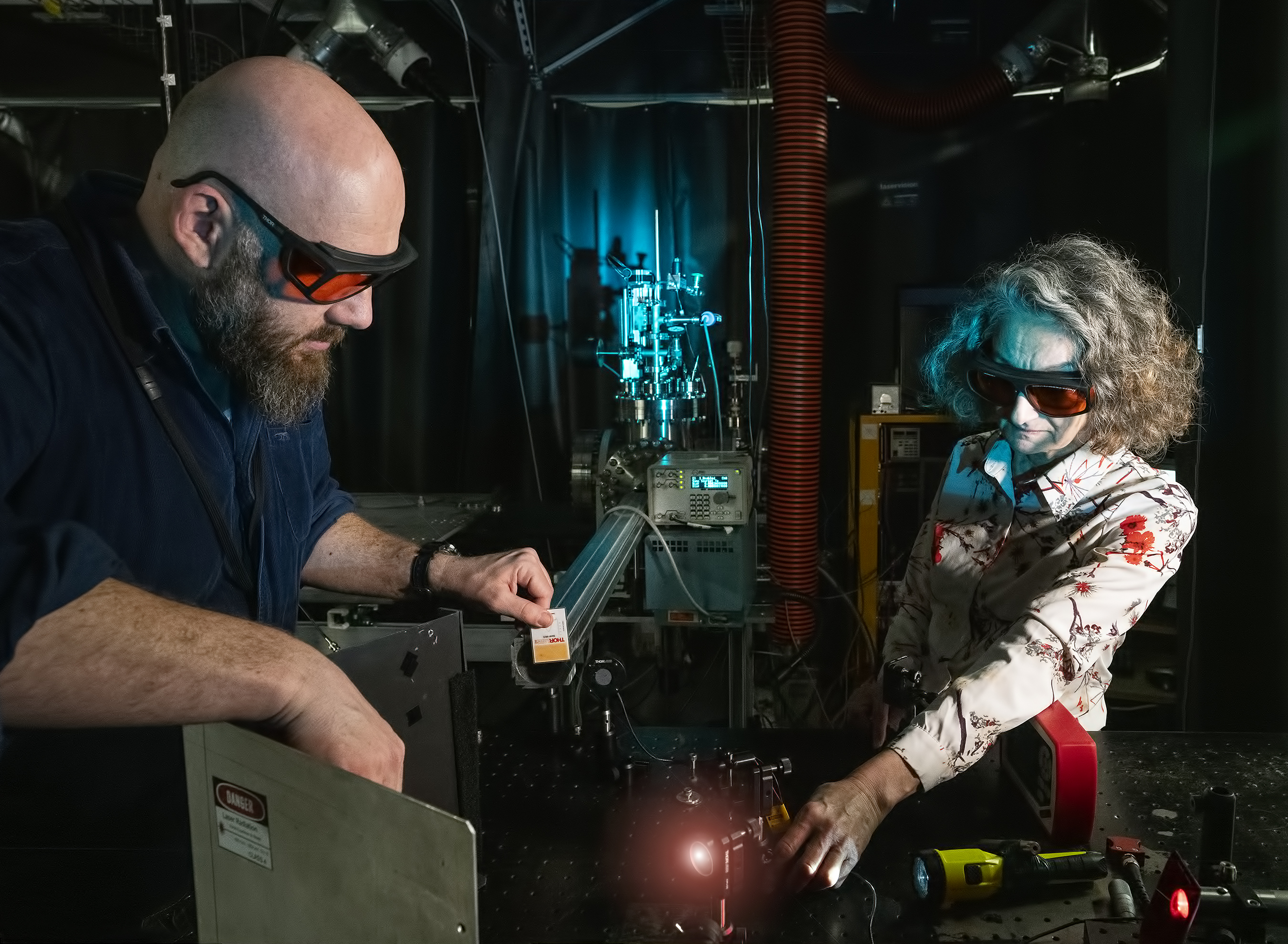
New national facility at PPPL and Princeton University explores low temperature plasma for innovative uses
New Princeton Princeton Collaborative Low Temperature Plasma Research Facility at PPPL provides access to world-class diagnostics, computational tools, and expertise in plasma physics for characterizing low temperature plasmas (LTP) — a rapidly expanding source of innovation in fields ranging from electronics to health care to space exploration.
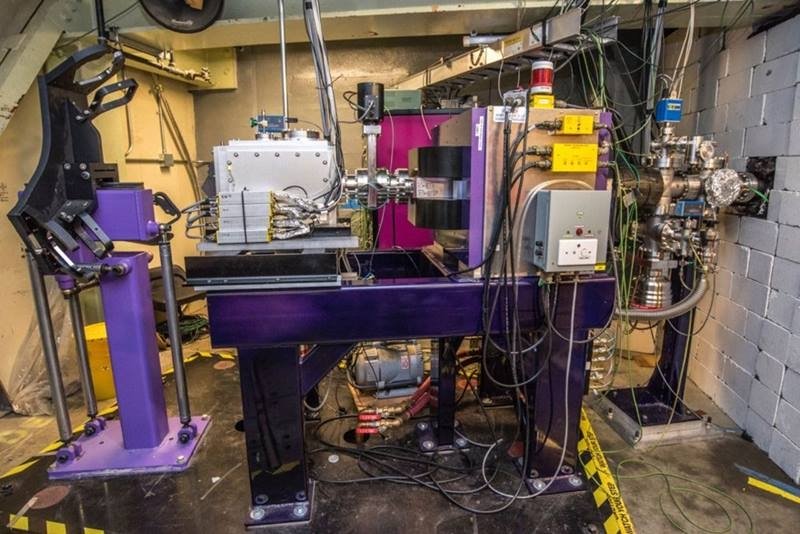
Isotope Discovery Continues: Mass Identification Confirms Production of a New Isotope of Mendelevium
Neighboring isotopes of the heaviest elements often have very similar properties. To differentiate these isotopes by their differing masses, scientists use a device called FIONA (For the Identification of Nuclide A) to measure the masses of heavy-element isotopes. For the first time, scientists have used FIONA to discover a new heavy-element isotope, mendelevium-244.
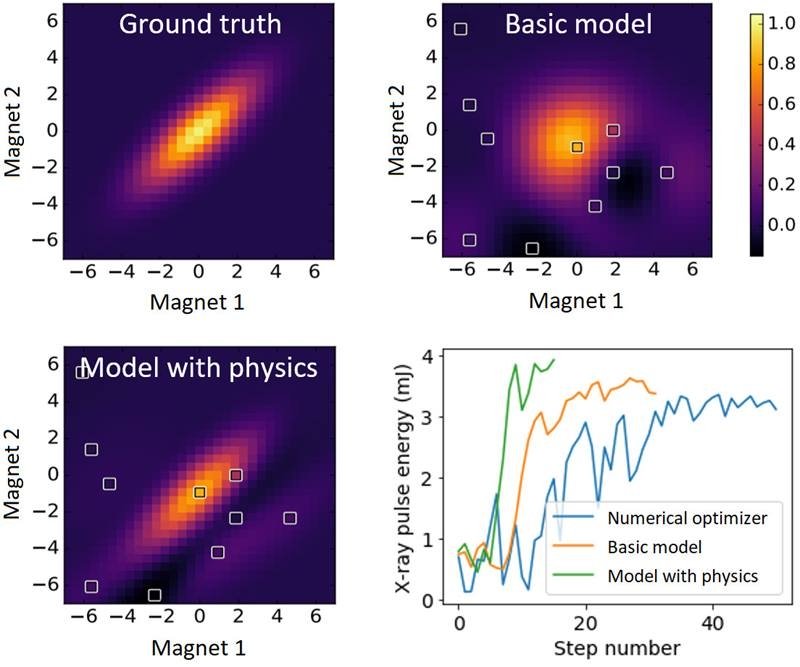
Machine Learning Trims Tuning Time for Electron Beam by 65 Percent
Linear accelerator operators use computer algorithms to automate some parts of the machine tuning process. These algorithms make fast decisions, but they have not previously incorporated fundamental physics or learned from past mistakes. A new machine learning algorithm learns both from experience and physics simulations to reduce the time needed for a part of the machine tuning process by 65 percent.
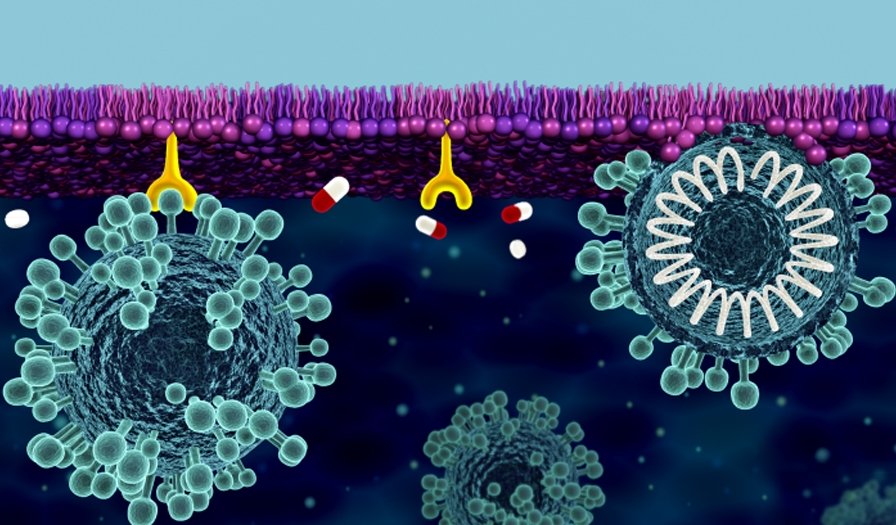
Mobilizing Science to Tackle COVID-19
Responding to COVID-19 has required a huge coordinated effort from the scientific community. The Department of Energy’s Office of Science has spearheaded several scientific efforts, including the National Virtual Biotechnology Laboratory.

Charm Quarks Offer Clues to Confinement
Hadronization occurs when particles called quarks and gluons combine to form hadrons, composite subatomic particles made of two or three quarks. Once combined, quarks and gluons are “confined,” or trapped, in hadrons. Researchers studying particles containing heavy “charm” quarks have found that there are many more three-quark hadrons than expected under a widely accepted explanation of how hadrons can form.
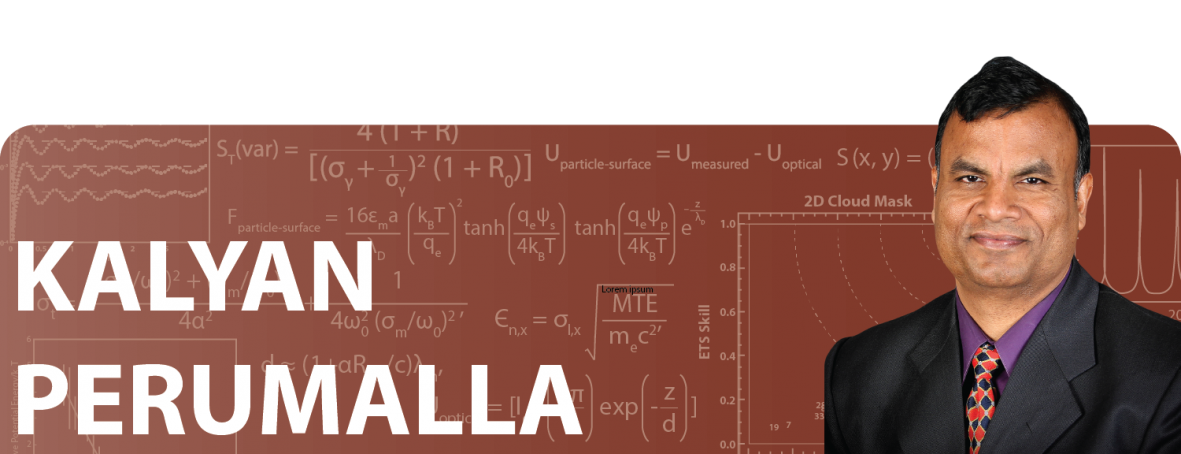
Kalyan R. Perumalla: Then and Now / 2010 Early Career Award Winner
Kalyan R S Perumalla is a Distinguished Research and Development Staff Member at Oak Ridge National Laboratory, whose work on reversible computing for exascale computers also provides insights applicable to next generation programming.
Students Identify Starting Points for Potential COVID-19 Inhibitors
Two students working under the mentorship of Desigan Kumaran, a structural biologist at the U.S. Department of Energy’s Brookhaven National Laboratory, have helped to identify molecules that could potentially lead to new antiviral drugs for treating COVID-19. Though the students conducted their fall 2020 internships remotely, the potential of their work is firmly planted in the real world and could have lasting impact.
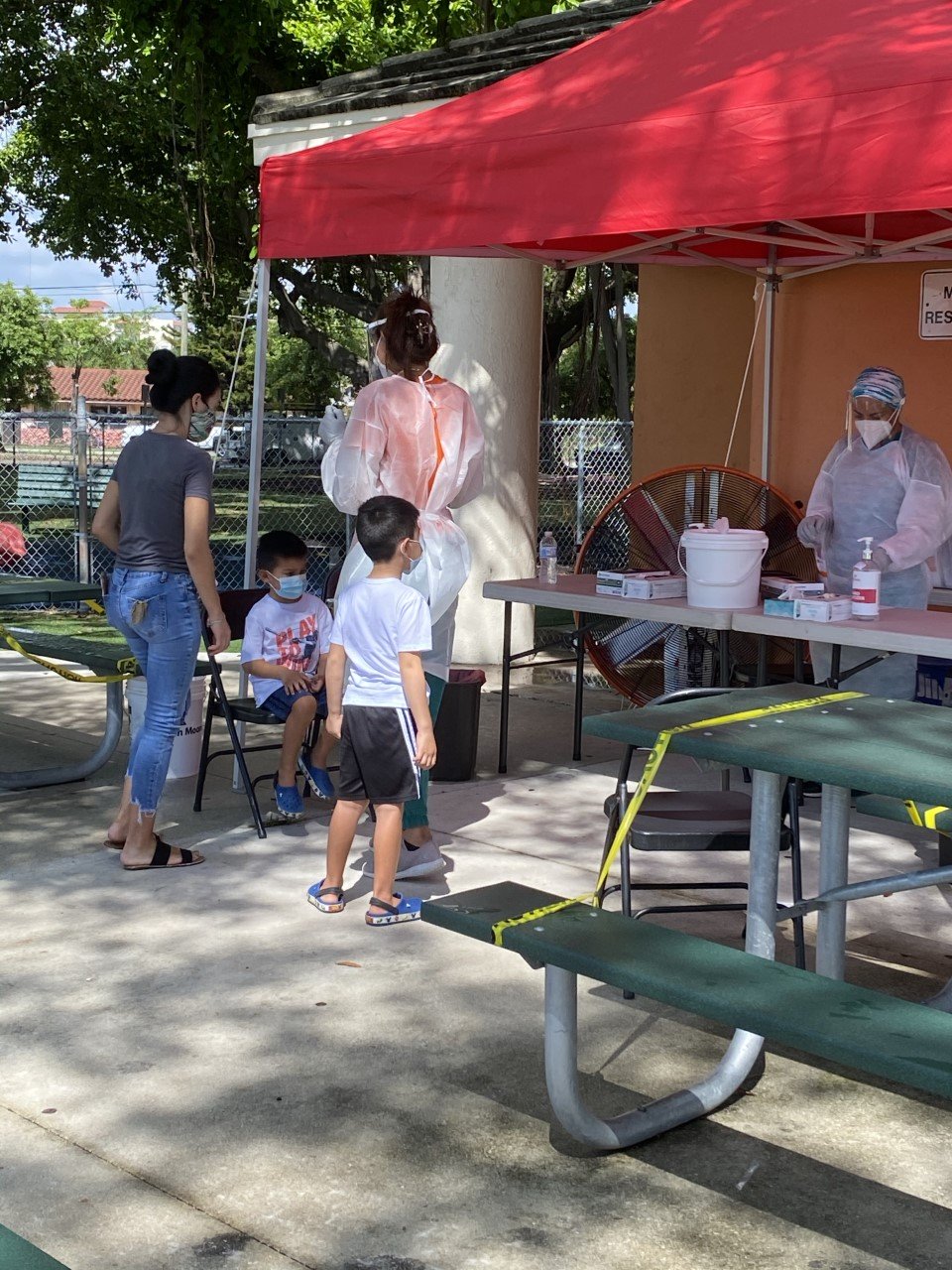
University of Miami Pediatric Mobile Teams Surpass 10,000 COVID-19 Tests
With strong support from community partners, University of Miami Health System pediatric professionals have tested more than 10,000 Miami-Dade children for COVID-19, providing a vital service to families without convenient access to care.

The Most Popular Meatless Monday Recipes of 2020
Strolling through supermarket aisles, it’s impossible not to notice all the amazingly innovative and delicious vegetarian and vegan food products available.
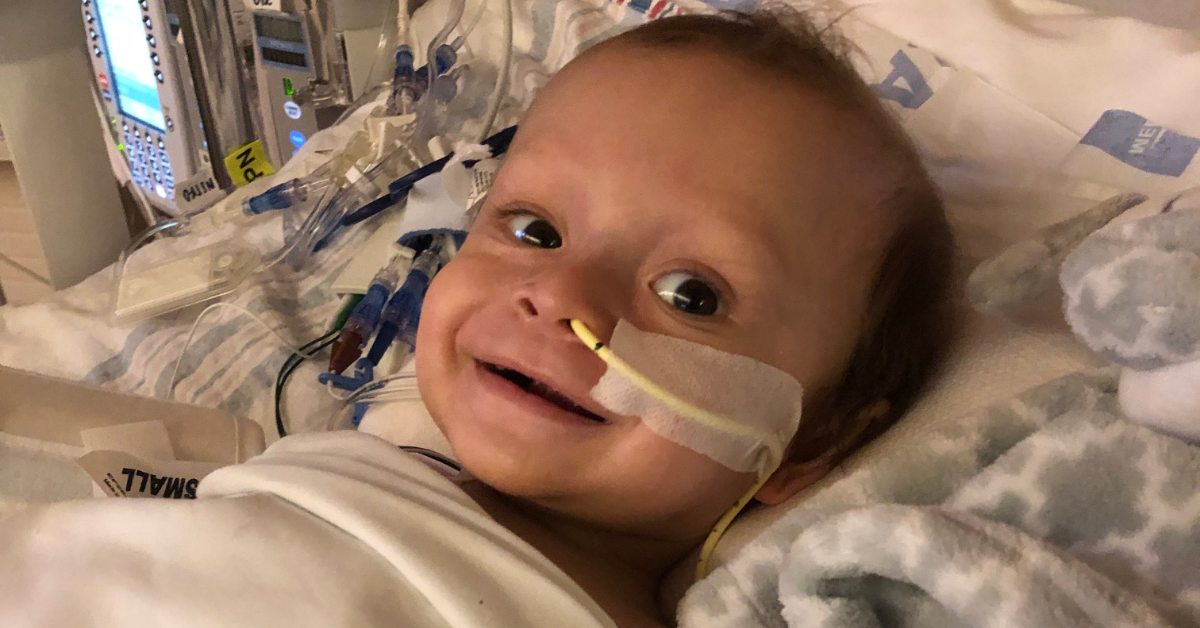
Children’s Hospital Los Angeles Performs 400th Pediatric Liver Transplant
The Liver and Intestinal Transplant Program at Children’s Hospital Los Angeles began in 1998 and now performs 25 to 30 liver transplants each year—the most in Southern California—with survival rates exceeding national averages. The hospital recently performed its 400th transplant.

Eight ways Argonne advanced science in 2020
Throughout 2020, Argonne answered fundamental science questions and provided solutions for the world.
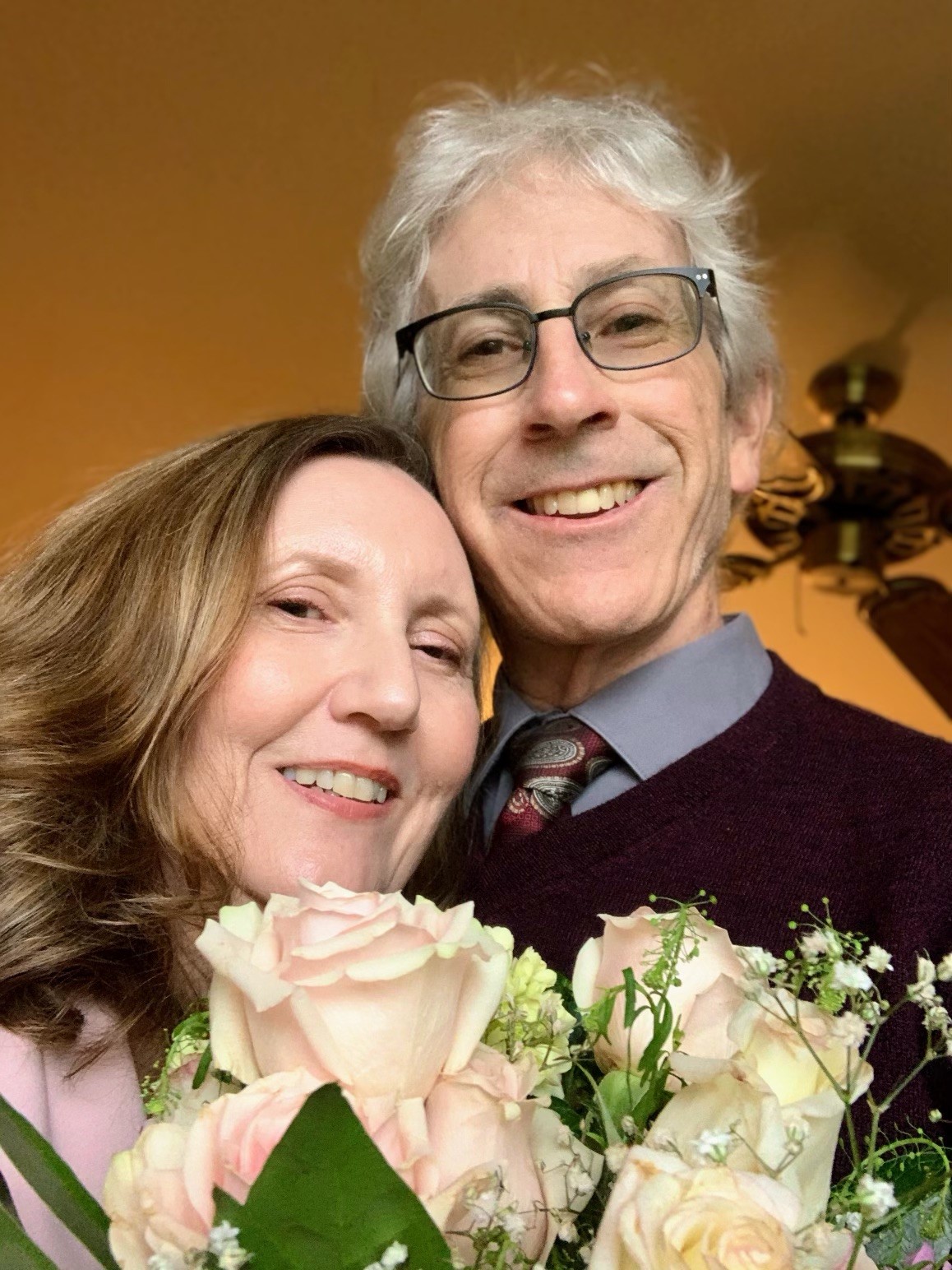
Woman Regains Hearing in Left Ear After 50 Years Thanks to Innovative Implant
DETROIT (December 23, 2020) – This holiday season, Angela Holland will enjoy the gift of hearing from her left ear again. After 50 years of single-sided deafness caused by a disease known as cholesteatoma, new hearing technology implanted by Henry Ford Health System surgeon Kristen Angster, M.D. will allow Holland to ring in the season and truly enjoy the sounds of the holidays.

Top Posts of 2020
From quantum computing to facemask filtering, the Office of Science supported a variety of research in 2020.
As a year like no other draws to a close, the power of gratitude can bring healing
While acknowledging that many aspects of daily life were dramatically altered in 2020, a mental health expert with The University of Texas Health Science Center at Houston (UTHealth) shares that reminiscing on the moments that brought joy in this last year can help with both mental and physical wellbeing.
Virtual Concerts Heal the Spirit
On a recent morning, Wendy Lawson attended an exclusive live performance of “Le Cygne” (The Swan) by composer Camille Saint-Saëns, a piece of classical music known for its use in ballet. But Lawson’s front-row seat was not in a concert hall. It was in the Cedars-Sinai Cancer infusion center, where she undergoes treatments for ovarian cancer.
American College of Sports Medicine to Reveal Top Fitness Trends for 2021
MEDIA ADVISORY WHAT: The COVID-19 pandemic has affected every person and every industry this year. It forced fitness facilities to close and disrupted interactions with clients, causing significant economic impact for the health and fitness industry. It also accelerated health and…

A Reflection on 2020
As we bid 2020 farewell—perhaps with a sigh of relief—we reflect on the year’s joys and accomplishments despite the challenges.
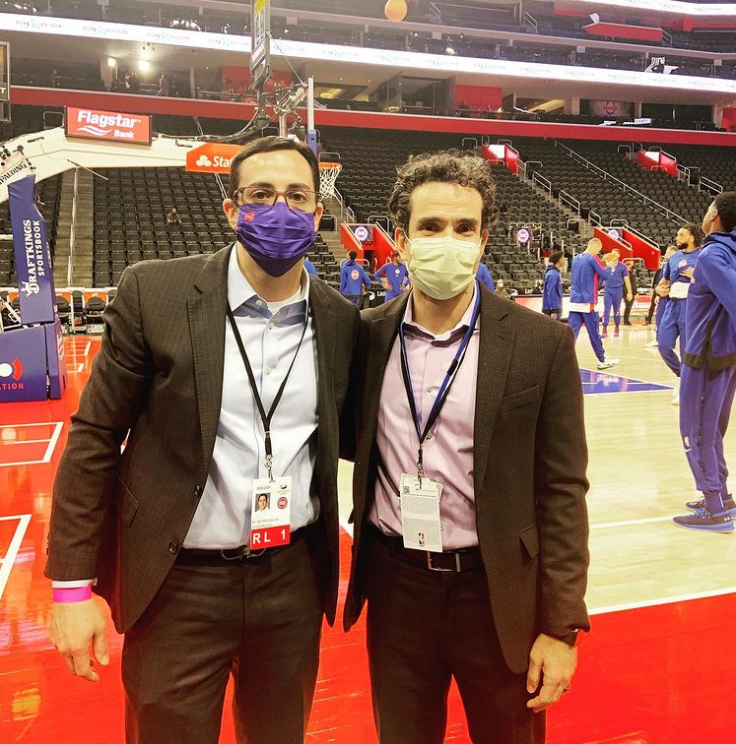
Henry Ford Sports Medicine Plays Point Guard to Keep Detroit Pistons Healthy
The Henry Ford Health System Sports Medicine team of doctors and athletic trainer work together to keep Detroit Pistons and personnel healthy during COVID-19 this season.
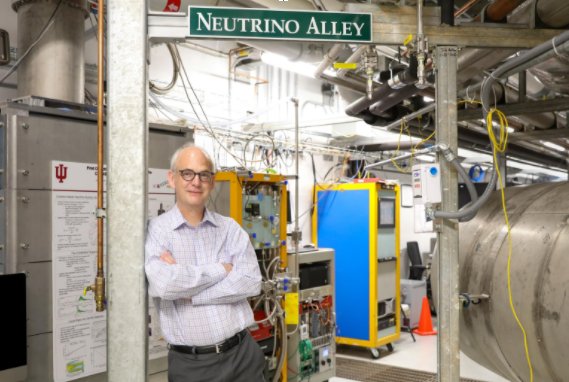
Welcome to Neutrino Alley: Q&A with ORNL’s Marcel Demarteau
Marcel Demarteau is director of the Physics Division at the Department of Energy’s Oak Ridge National Laboratory.
Ending the Diabetes-COVID Disaster
The Massive Mortality that People with Diabetes in the US, and Particularly NYC & NYS, Have Suffered During COVID are Significantly Preventable
NYC’s 356% Increase in Diabetes Deaths in First COVID Wave was Highest in Nation
Why Intersectionality Captivates Early Career Public Health Folks?
In this podcast, with Profs. Lisa Bowleg (AJPH & GWU), Skyler Jackson, (Yale) and Jennifer Nazareno (Brown), we discuss what is intersectionality and why early career public health researchers are attracted by a framework that is premised on the interplay of science and society and on the heterogeneity of people’s lived experiences.
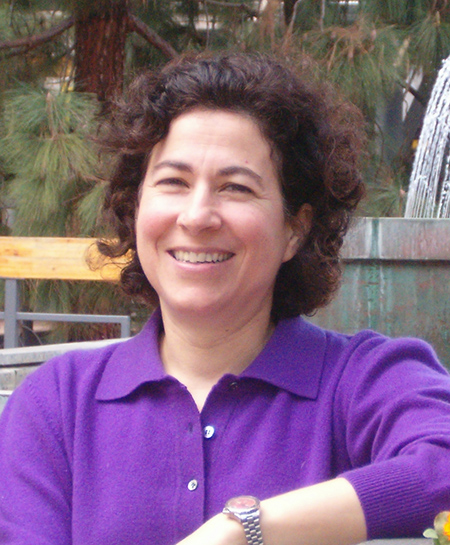
Program Expansion to Address Increase of Impaired Driving During Global COVID-19 Pandemic
Researchers at University of California San Diego School of Medicine will expand a statewide program to prevent driving under the influence of alcohol, cannabis and prescription drugs.
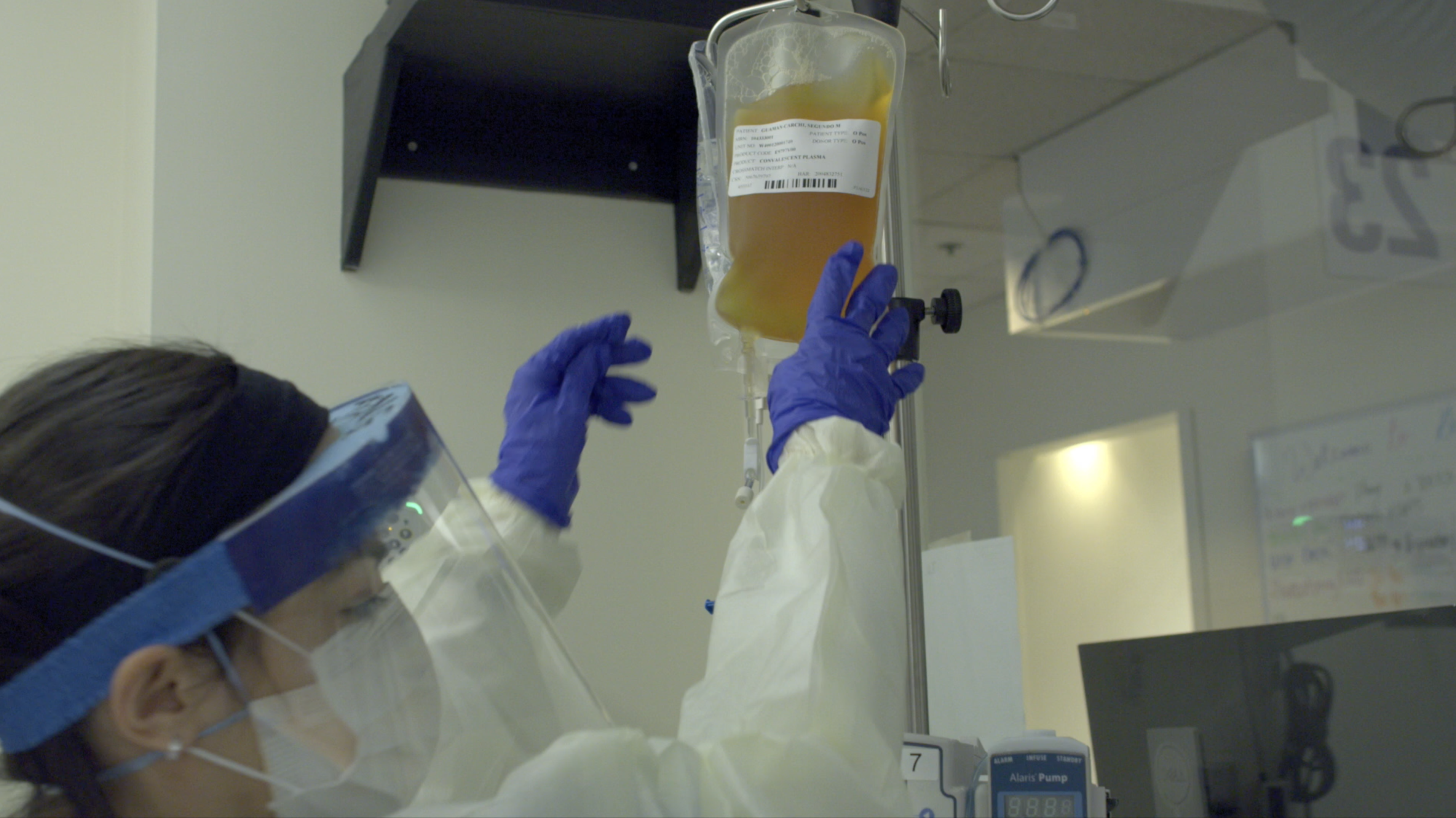
Hackensack Meridian Health Convalescent Plasma Work for COVID-19 Treatments Enters Next Phase of Study
The new Phase 2 study is for infusing this potentially valuable serum into patients with early-stage COVID-19 infection who have at least one major risk factor for serious disease, in an outpatient setting. The goal is to treat the patients in the first 96 hours – with the aim to prevent hospitalization entirely.
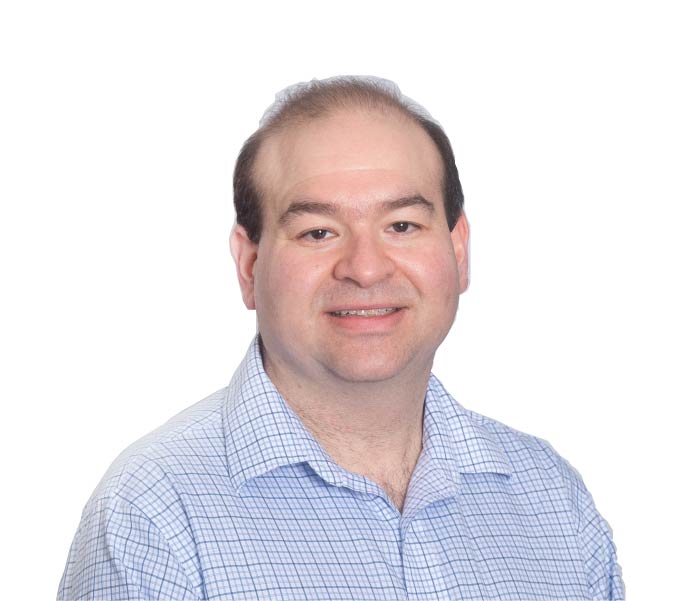
Jeffrey Newman: Then and Now / 2010 Early Career Award Winner
Physics professor Jeffrey Newman at the University of Pittsburgh is improving the methods for calculating the distances and developing target strategies for Dark Energy Spectroscopic Instrument experiments. These activities are supporting the search for answers about dark energy.
Nikhil Tiwale: Practicing the Art of Nanofabrication
Applying his passions for science and art, Nikhil Tiwale—a postdoc at Brookhaven Lab’s Center for Functional Nanomaterials—is fabricating new microelectronics components.
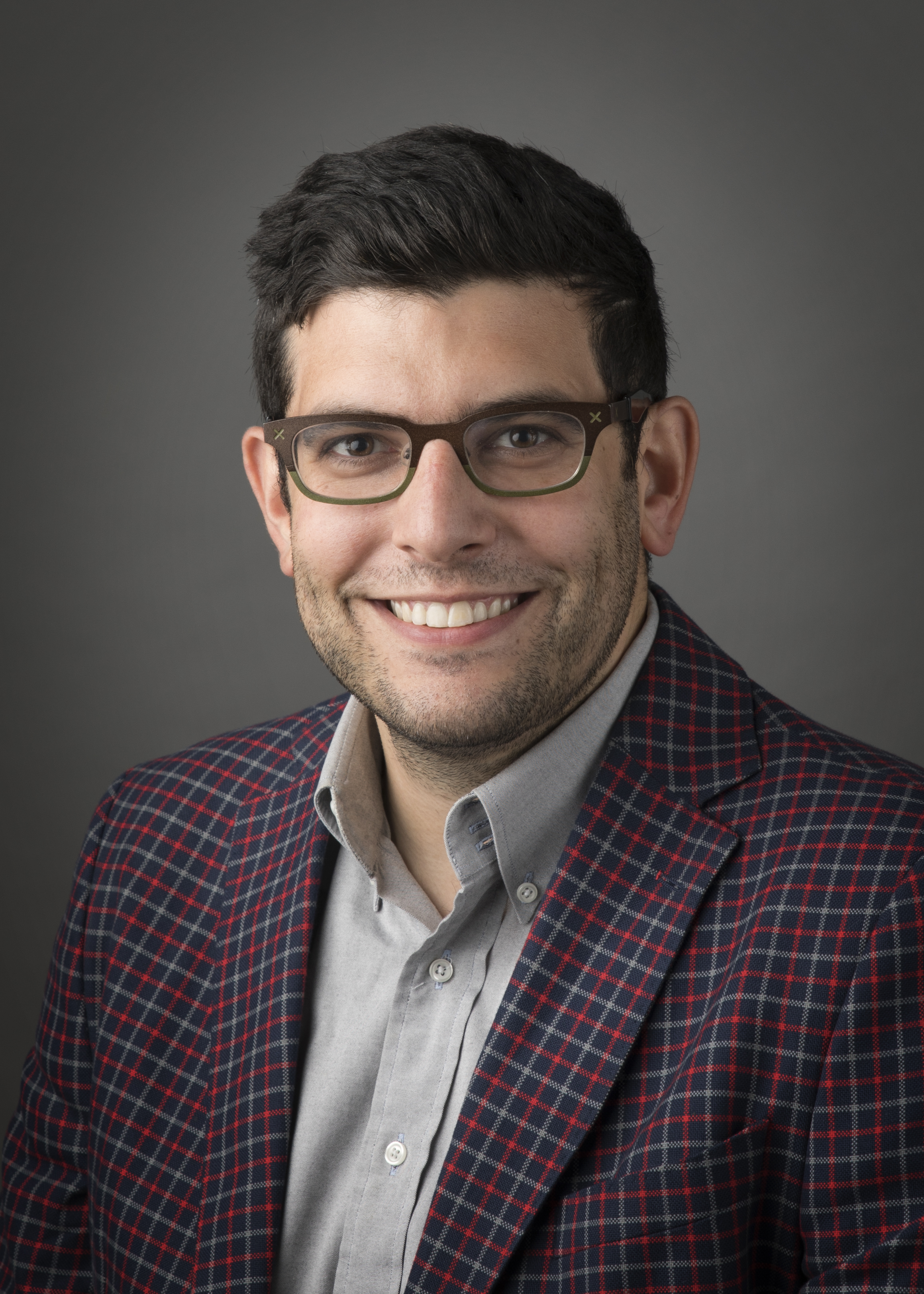
Computer science course builds skills, provides networking opportunities
The students in David Zabner’s Block 3 Cornell College class, Database Technologies for Analytics, built skills for the future as they welcomed visitors to their online classroom.
LifeBridge Health Begins COVID-19 Vaccinations of Front-line Caregivers
LifeBridge Health has begun to administer the COVID-19 vaccine to front-line healthcare workers. The first doses of the newly approved Pfizer COVID vaccine arrived at LifeBridge Health on December 17 with 24 team members receiving the vaccine that afternoon at Sinai Hospital.
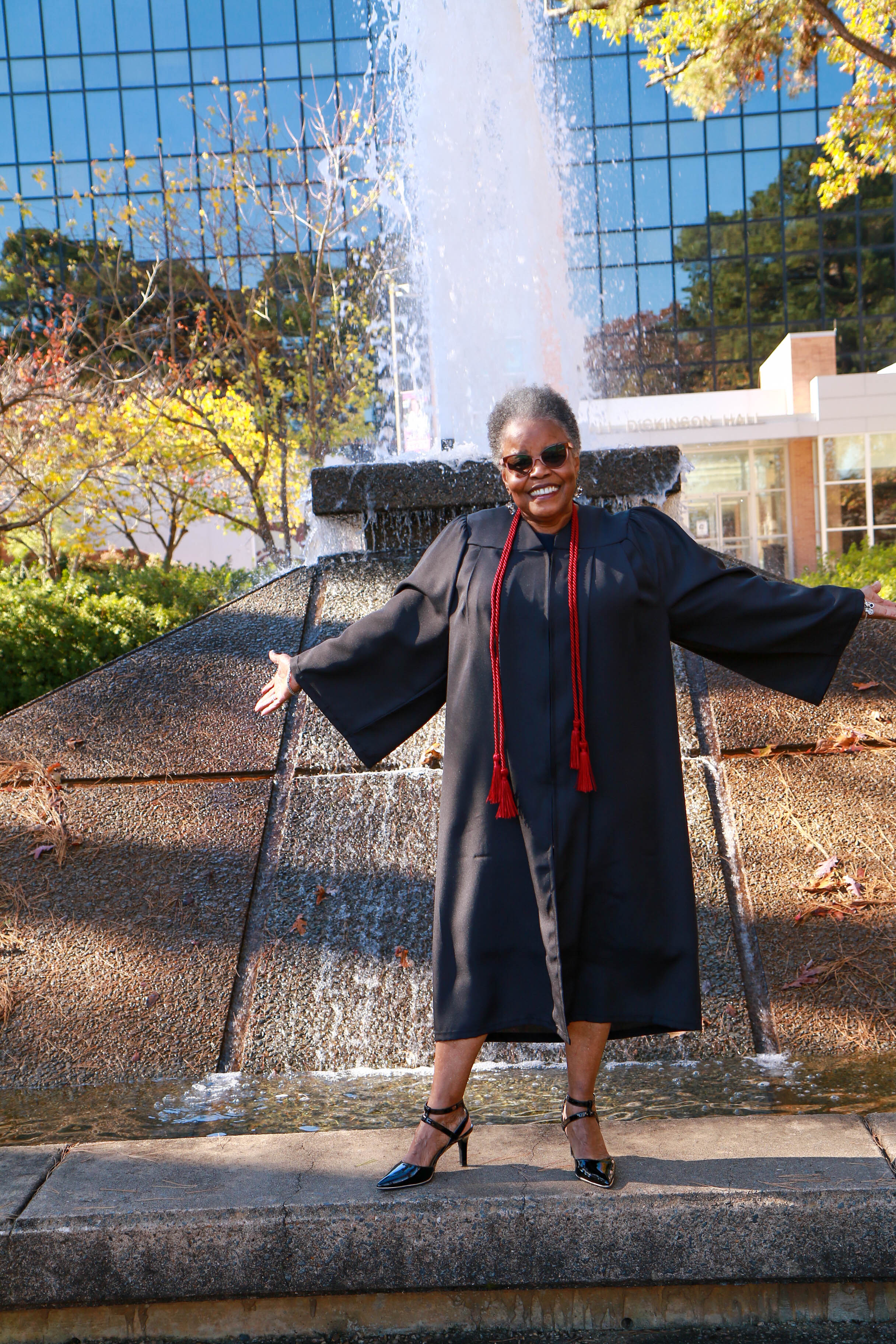
Wilkerson fulfills dream of earning college degree 55 years after graduating high school
At 73, Carolyn Wilkerson has completed her lifelong dream of earning a bachelor’s degree. Wilkerson joined UA Little Rock in 2016, fulfilling a promise she made to herself many years ago. Having graduated from Little Rock’s Horace Mann High School in 1965, Wilkerson is the third of her high school classmates who have graduated from UA Little Rock in recent years.

Computer science professor exploring log-in solutions for people with upper extremity impairment
Backed by a three-year, $500,000 grant from the National Science Foundation, URI Prof. Krishna Venkatasubramanian is researching computer authentication problems faced by people with upper extremity impairment with a goal of developing software that allows users to more easily access their devices. Venkatasubramanian is collaborating with TechACCESS of Rhode Island, which provides assistive technology services for people with disabilities.
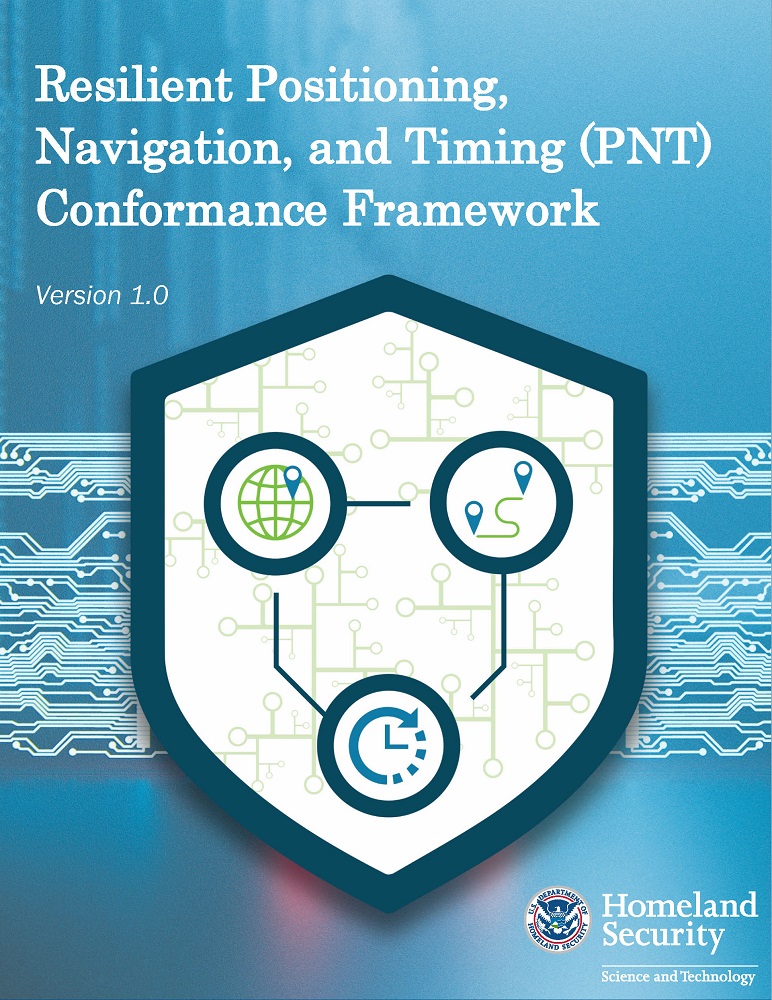
DHS S&T Publishes the Resilient PNT Conformance Framework
DHS S&T published the Resilient Positioning, Navigation, and Timing (PNT) Conformance Framework today. PNT services, such as the Global Positioning System (GPS), is a national critical function that enables many applications within the critical infrastructure sectors.
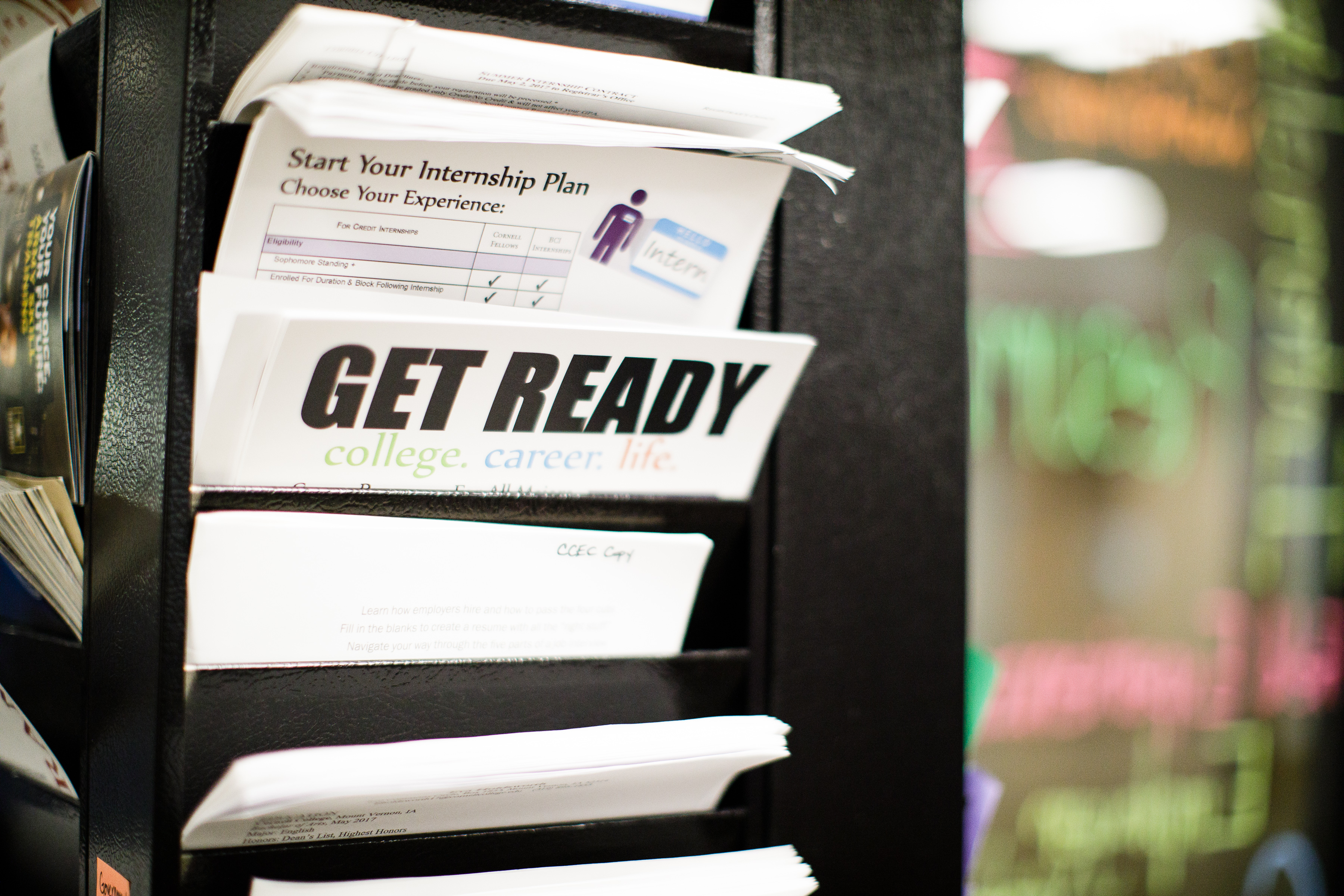
Career Institute provides career opportunities, advice
The Cornell College Berry Career Institute is working to ensure students have a lot of career opportunities at their fingertips, even during a pandemic.
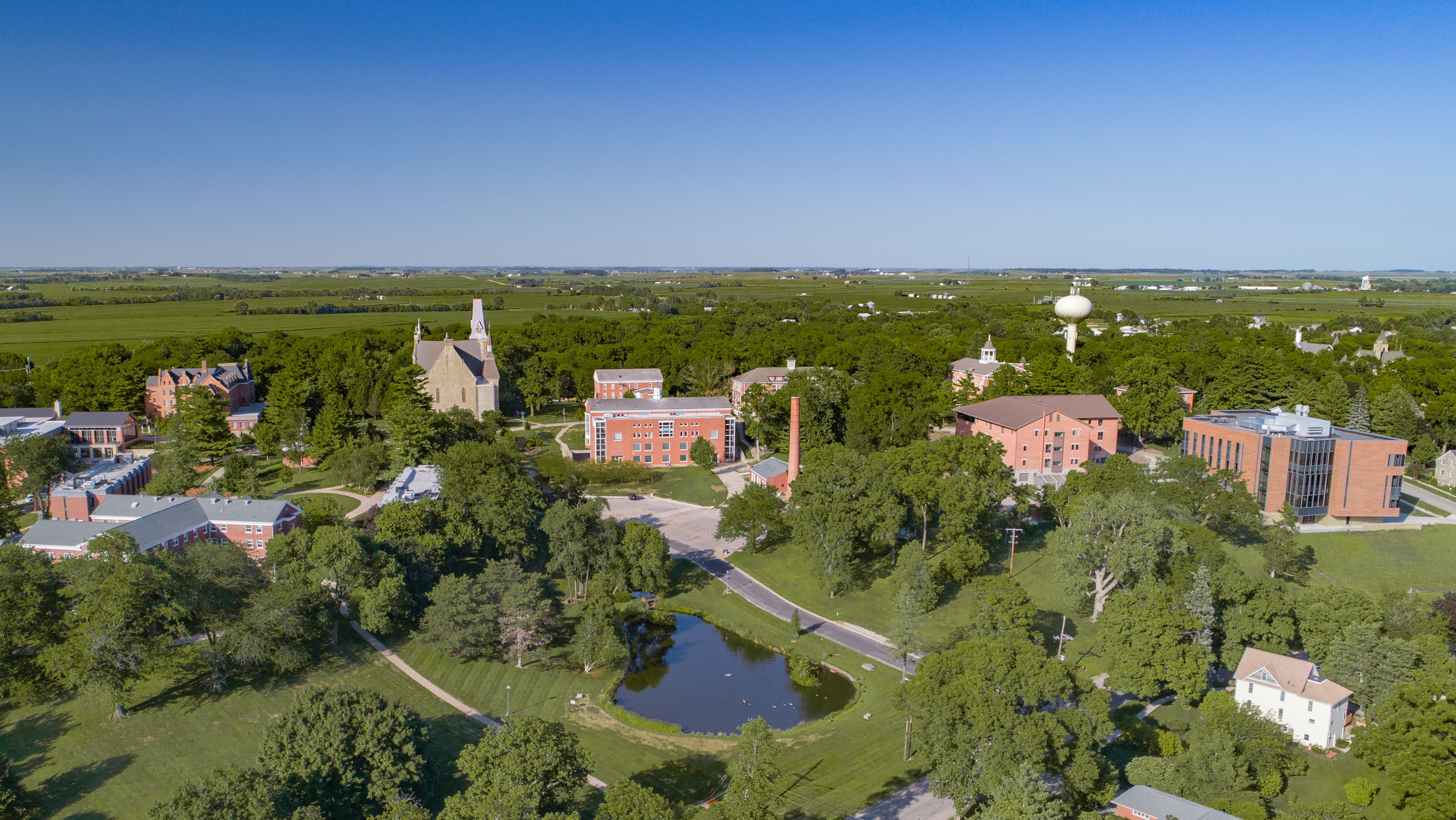
Cornell College kicks off new curriculum
The 2020-21 academic year marks the first official year of Cornell College’s Ingenuity core curriculum, a new way to think about the liberal arts.
New cassava varieties endorsed for release in Nigeria
Five new cassava varieties developed with support from NextGen Cassava, an international partnership led by Cornell University, have been approved for release in Nigeria.
Comics course provides valuable story-telling lessons
Cornell College students studied comics as an art and communication form during the third block Latin American studies course, Decolonizing Comics: Latinx Graphic Narratives in the U.S.
DCRI, Verily, and HERO Registry to Support Long-Term Safety Study of COVID-19 Vaccine
The Duke Clinical Research Institute (DCRI) and Verily are utilizing the HERO Registry and community to launch a study to gain long-term insights about the COVID-19 vaccine developed by Pfizer and BioNTech, including real-world safety data. This study, which is funded by Pfizer, will follow vaccinated healthcare workers for two years to assess their experiences after receiving the vaccine.
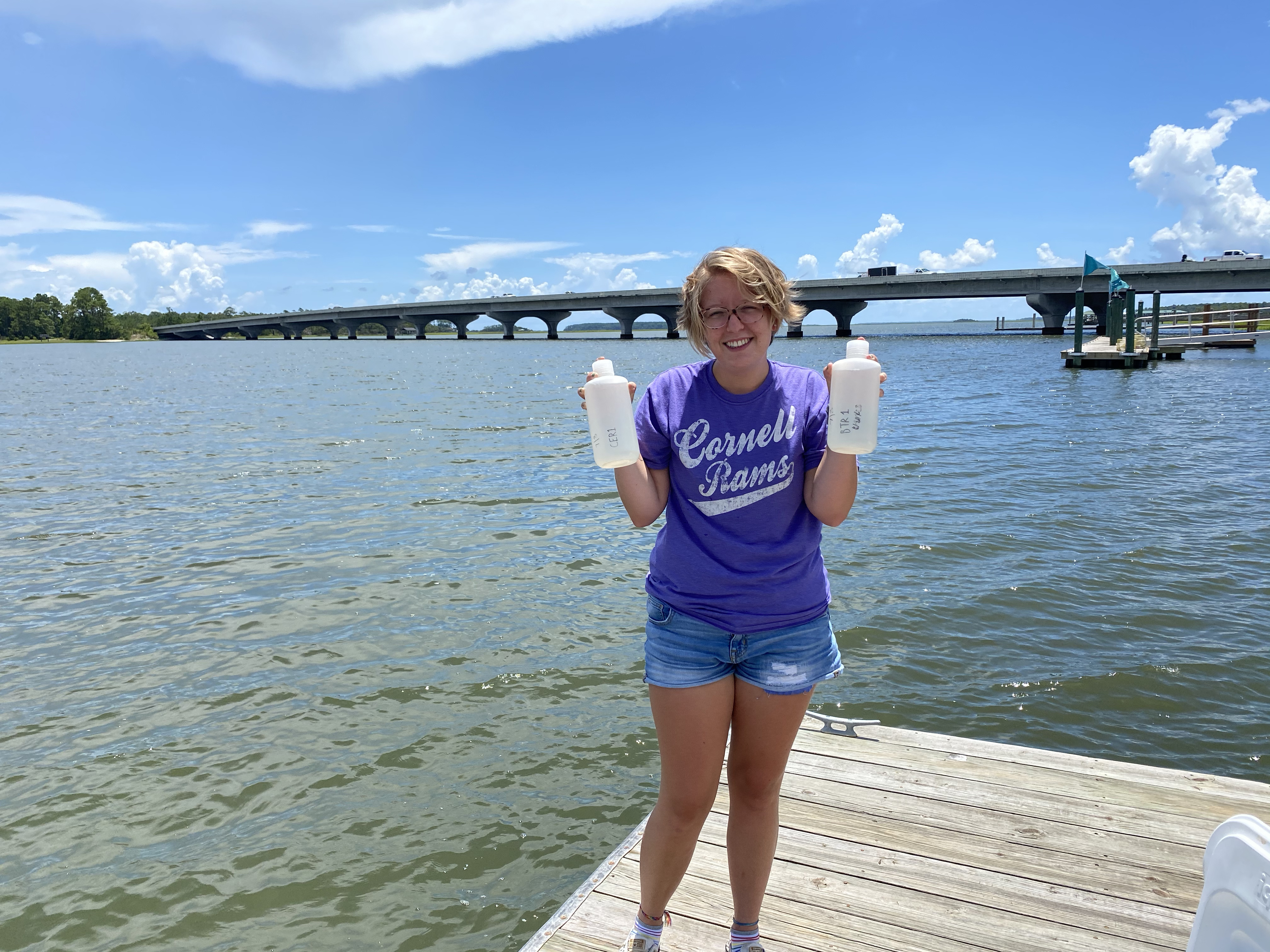
Armstrong explores coastal ecosystems during Cornell Fellowship
Armstrong studied the microscopic communities living within the water samples to understand more about water quality and primary production.
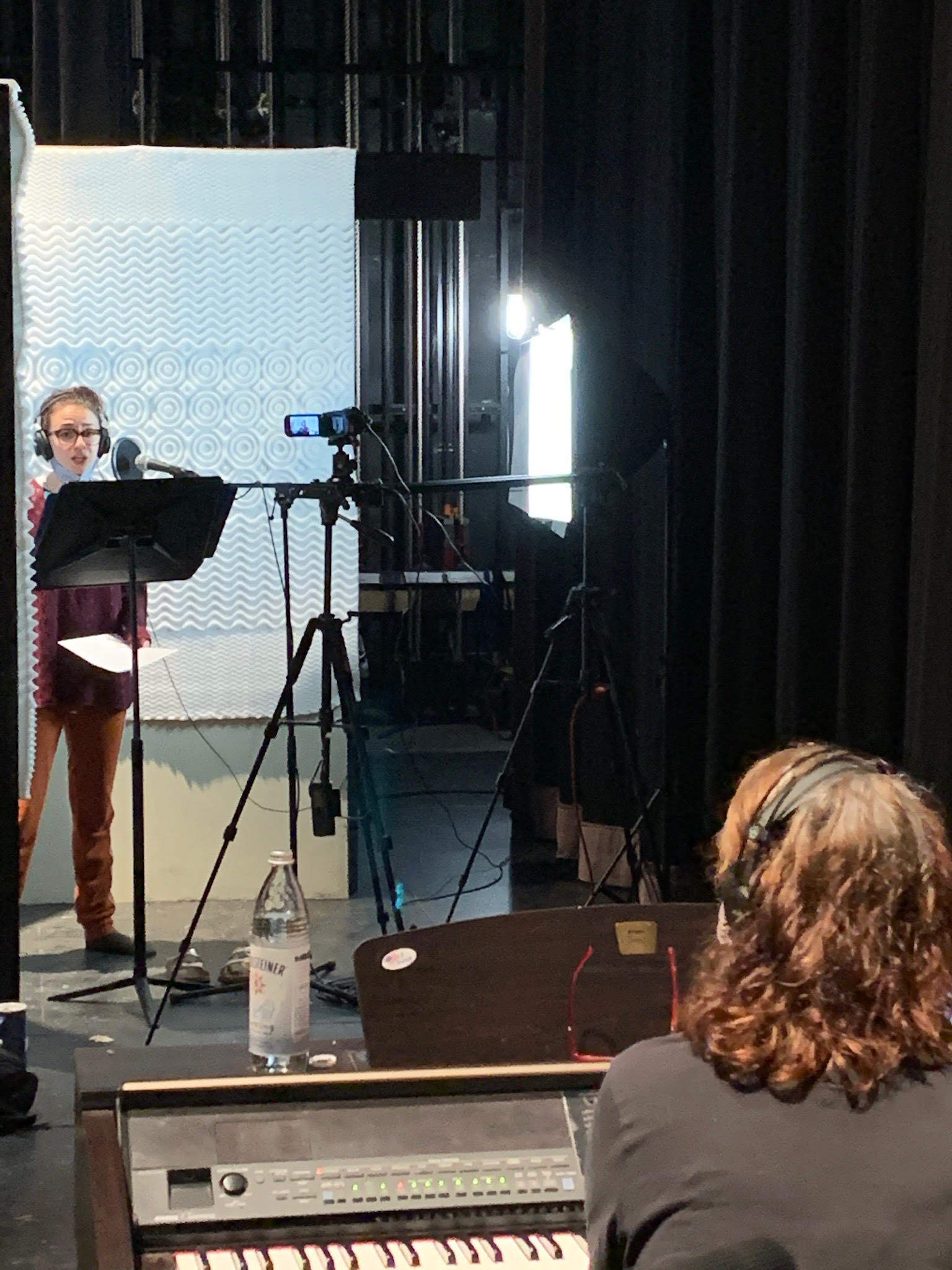
Behind the scenes of ‘House Party’
From green screens to makeshift recording studios the students and faculty of the Cornell College Department of Theatre and Dance are discovering new ways of creating their masterpieces.

Q&A with Junhong Chen: Argonne’s lead water strategist addresses questions on managing our precious water resources
Argonne’s Junhong Chen discusses how Argonne’s wide-ranging expertise combined with use of artificial intelligence and world-class research facilities can solve problems in water science and engineering.
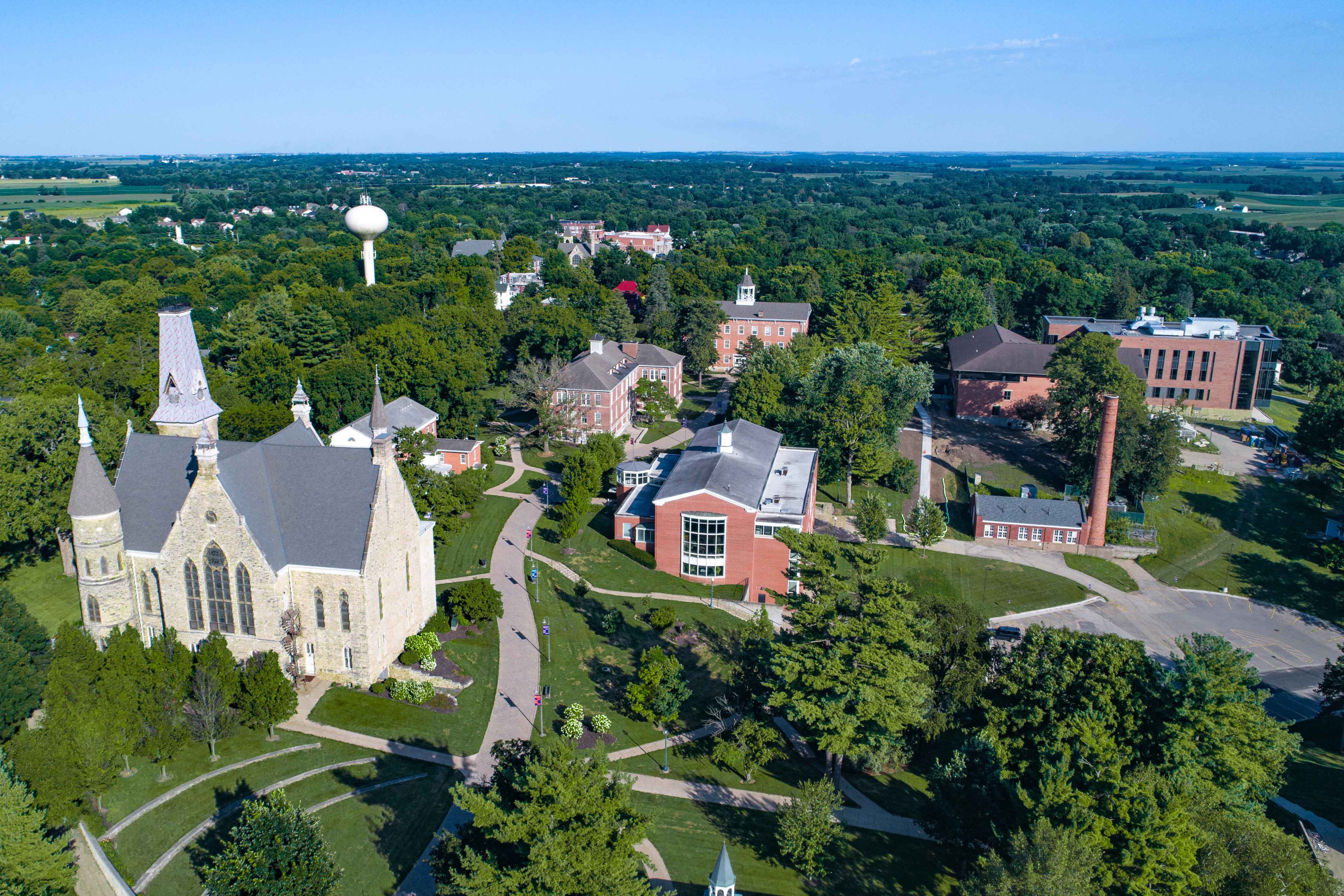
Cornell College on leading edge of test-optional applications
Cornell College once again stands out as a leader in higher education as a test-optional school well ahead of other institutions.